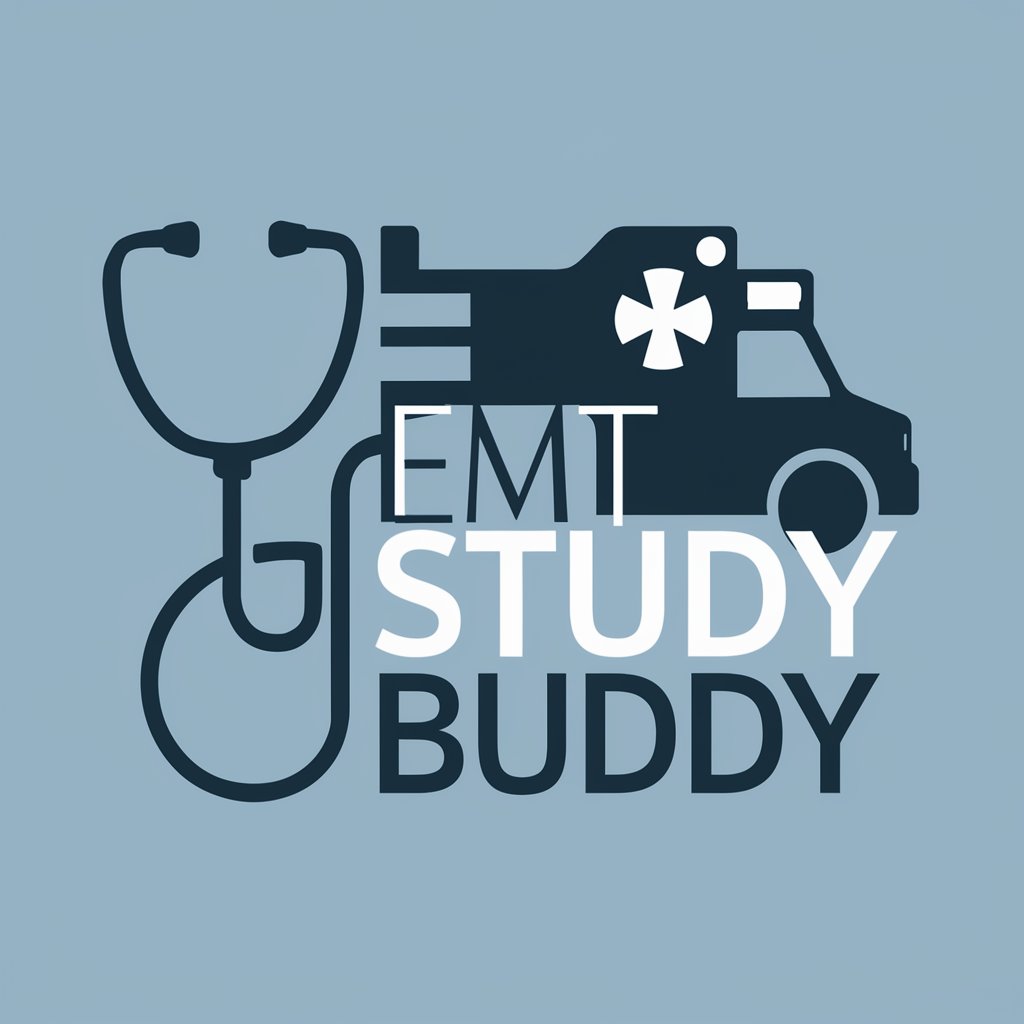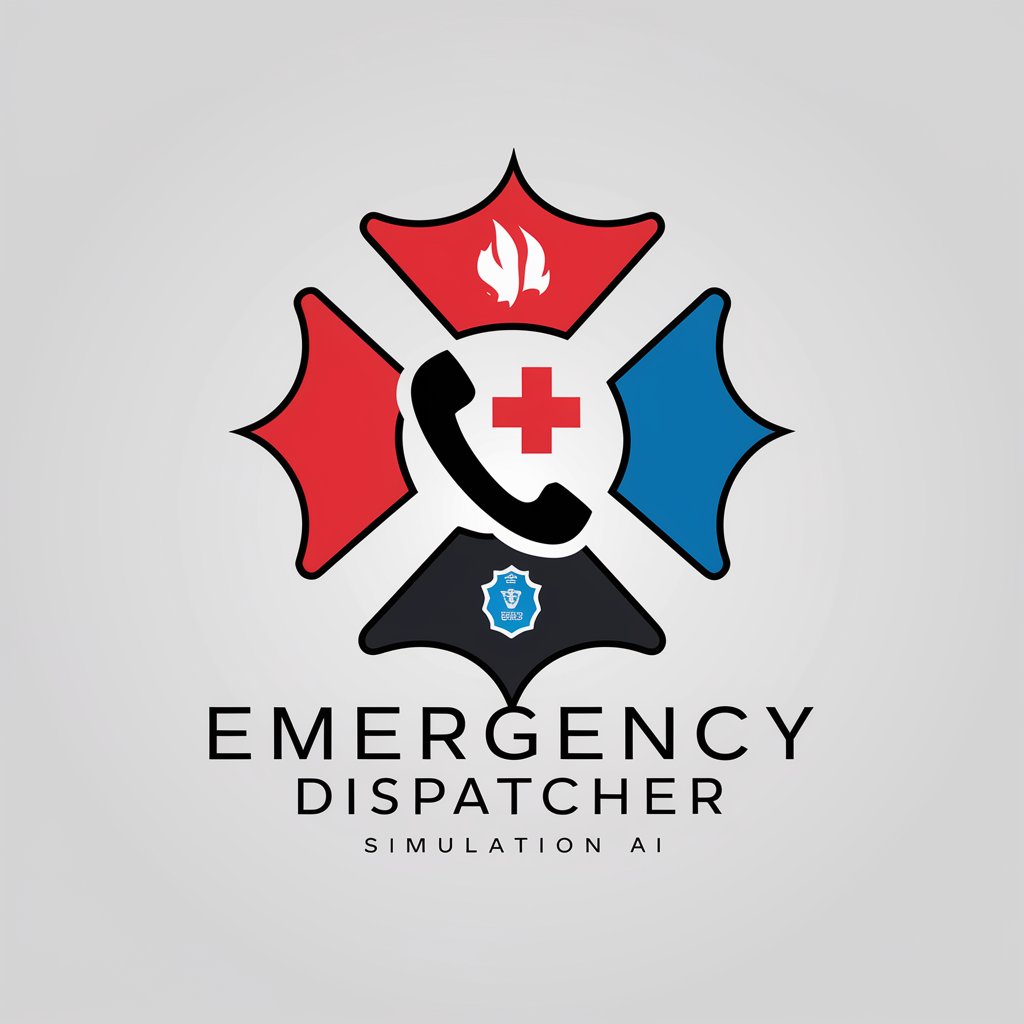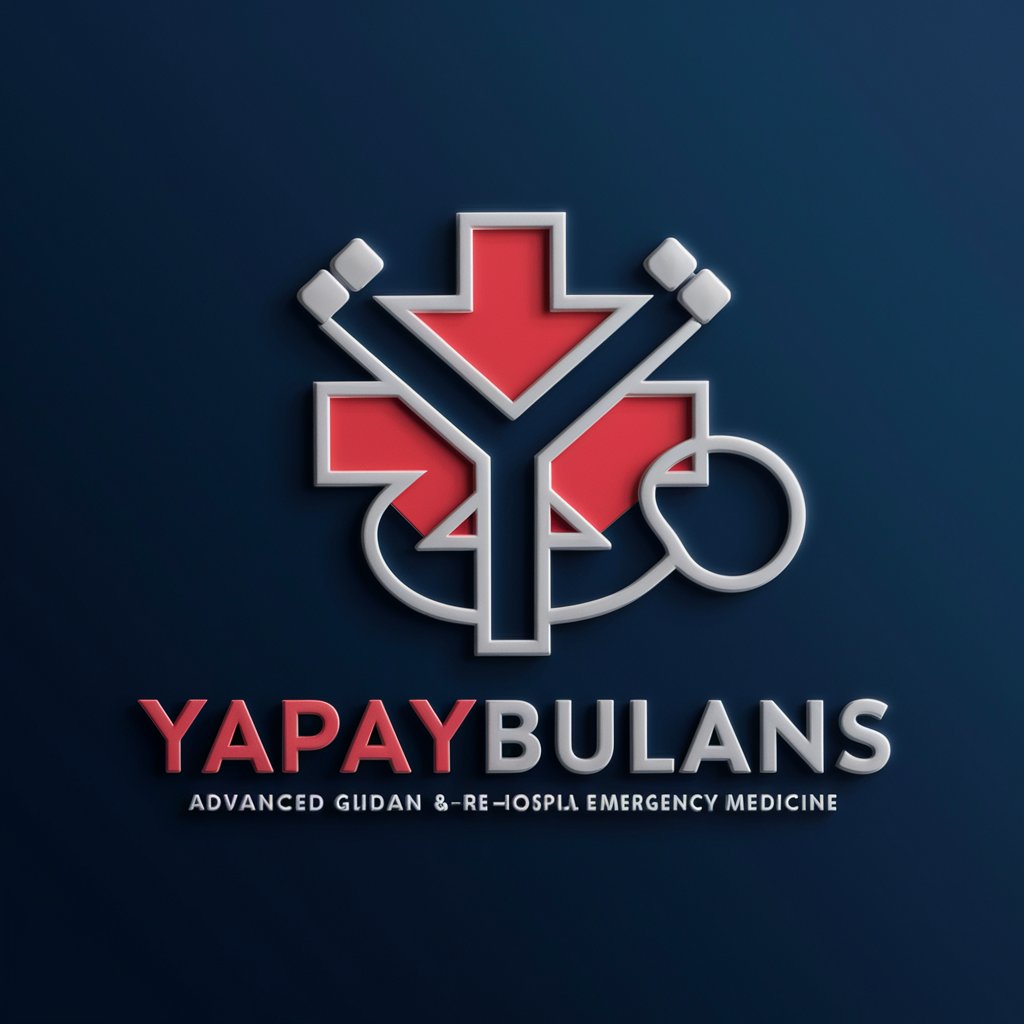
Emergency Medical Technician (EMT) - EMT Guidance and Training
Hello! I'm here to discuss EMT roles, emergency services, and training. How can I assist you?
Empowering emergency care with AI
What's the role of an EMT?
How do I become an EMT?
What are common EMT procedures?
Can you explain EMT training requirements?
Get Embed Code
Introduction to Emergency Medical Technician (EMT)
Emergency Medical Technicians (EMTs) are essential frontline healthcare professionals trained to respond to emergency situations, providing critical pre-hospital care. The primary function of EMTs is to offer immediate medical services in situations where life or health is threatened. They are designed to stabilize patients, administer emergency care, and prepare individuals for transport to medical facilities. EMTs operate under a scope of practice defined by regulatory bodies, which outlines the procedures they are authorized to perform based on their level of training. For instance, EMTs can administer oxygen, perform CPR, provide glucose for diabetics, use automated external defibrillators (AEDs), and manage trauma-related emergencies such as bleeding and shock. Scenarios illustrating their work include responding to car accidents to treat injuries, managing cardiac arrests in public places, and providing immediate care in cases of severe allergic reactions. Powered by ChatGPT-4o。

Main Functions of Emergency Medical Technicians
Rapid Response to Emergencies
Example
Responding to a 911 call for a car accident with potential spinal injuries.
Scenario
EMTs quickly arrive on scene, assess the patient's condition, immobilize the spine, and transport the patient to the nearest hospital while monitoring vital signs.
Life-Saving Medical Interventions
Example
Administering CPR to a person experiencing sudden cardiac arrest.
Scenario
EMTs perform CPR and use an AED to provide shocks if necessary, working to stabilize the patient's heart rhythm until they can be transferred to a medical facility.
Patient Assessment and Care
Example
Assessing a patient experiencing an asthma attack and administering appropriate medication.
Scenario
EMTs assess the patient's respiratory status, provide oxygen, and administer nebulized albuterol to relieve the asthma attack, preparing the patient for safe transport to the hospital.
Trauma Management
Example
Managing bleeding and possible internal injuries following a physical assault.
Scenario
EMTs control bleeding with pressure and bandages, assess for signs of internal injuries, and stabilize the patient for transport, ensuring continuous monitoring and care en route to the hospital.
Emergency Childbirth Assistance
Example
Assisting in the delivery of a baby when a mother goes into unexpected labor at home.
Scenario
EMTs provide support for the mother during delivery, ensuring the baby's airway is clear and both mother and newborn are stable and ready for immediate transport to the hospital for further care.
Ideal Users of Emergency Medical Technician Services
Individuals in Acute Medical Distress
People experiencing sudden health issues like heart attacks, strokes, severe allergic reactions, or respiratory distress are primary beneficiaries of EMT services. Quick response and treatment can be life-saving.
Victims of Trauma
Individuals involved in accidents (e.g., vehicle, industrial, or home accidents) or who have suffered physical injuries from incidents like falls or violence. EMTs provide essential trauma care, reducing the risk of complications.
Communities in Disaster Situations
During natural disasters, terrorist attacks, or large-scale emergencies, EMTs play a crucial role in triaging and treating injured individuals, often working in challenging environments to provide care.
Patients Requiring Inter-Facility Transfers
Patients needing specialized care not available at their current facility benefit from EMT services for safe transport to another hospital or care center, ensuring continuity of care en route.
High-Risk Populations
Elderly individuals, pregnant women, and those with chronic health conditions who may experience sudden health crises or complications benefit from the rapid response and specialized care that EMTs provide.

How to Use Emergency Medical Technician (EMT) GPT
Start Your Trial
Begin by visiting yeschat.ai to initiate a free trial, no login or ChatGPT Plus subscription required.
Identify Your Needs
Consider your specific needs or questions related to emergency medical services, EMT roles, training, or procedures.
Engage with EMT GPT
Use clear and specific queries to engage with EMT GPT for the most accurate and relevant information.
Apply the Information
Apply the insights and information provided by EMT GPT to enhance your understanding or approach to emergency medical situations.
Continuous Learning
Regularly interact with EMT GPT to stay informed about the latest trends, protocols, and best practices in emergency medical services.
Try other advanced and practical GPTs
Medical Malpractice Watchdog
Navigating Medical Malpractice with AI Precision
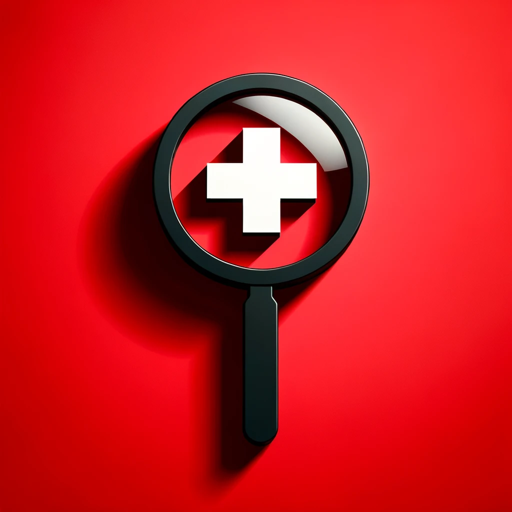
Medical Devices
Empowering healthcare with AI technology

Dr. BajaWell Hypertension
Empowering Healthier Lives with AI
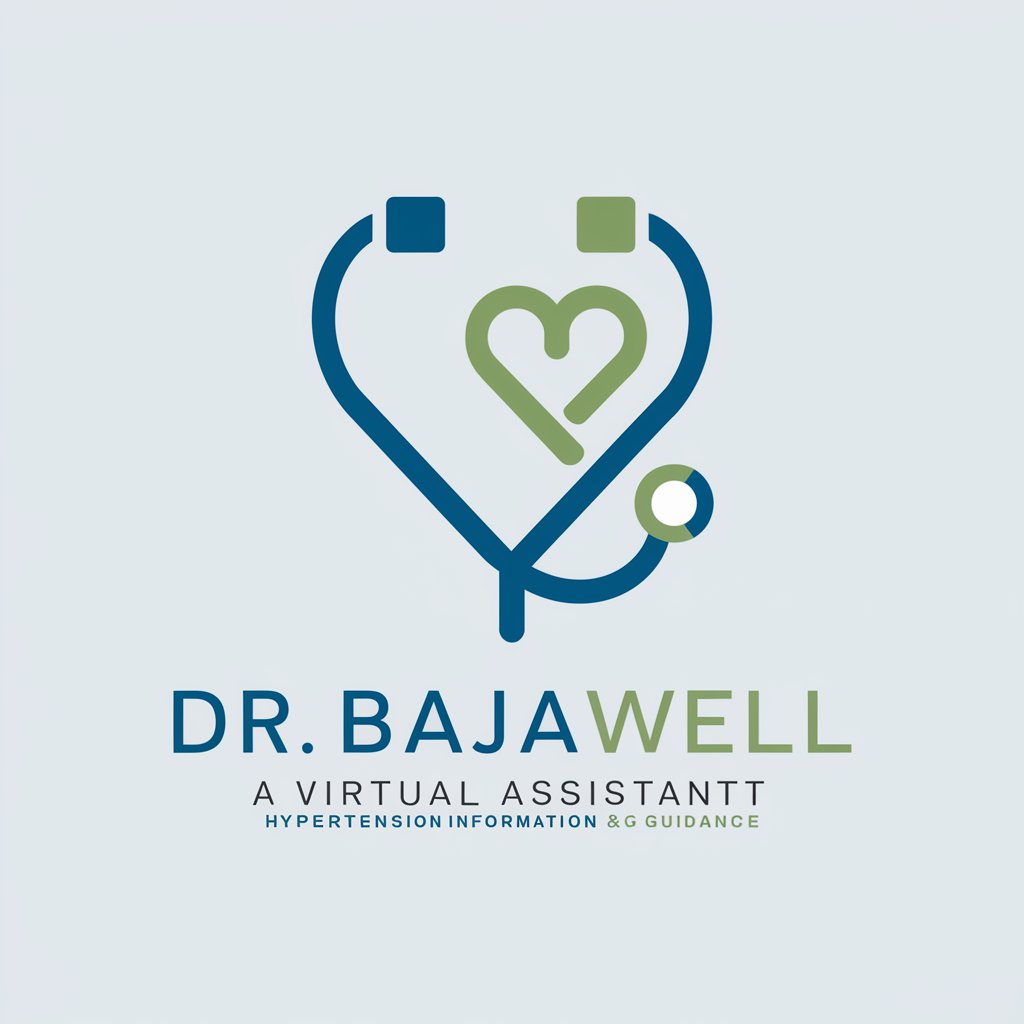
Summarizer Pro
AI-powered, personalized content summarization
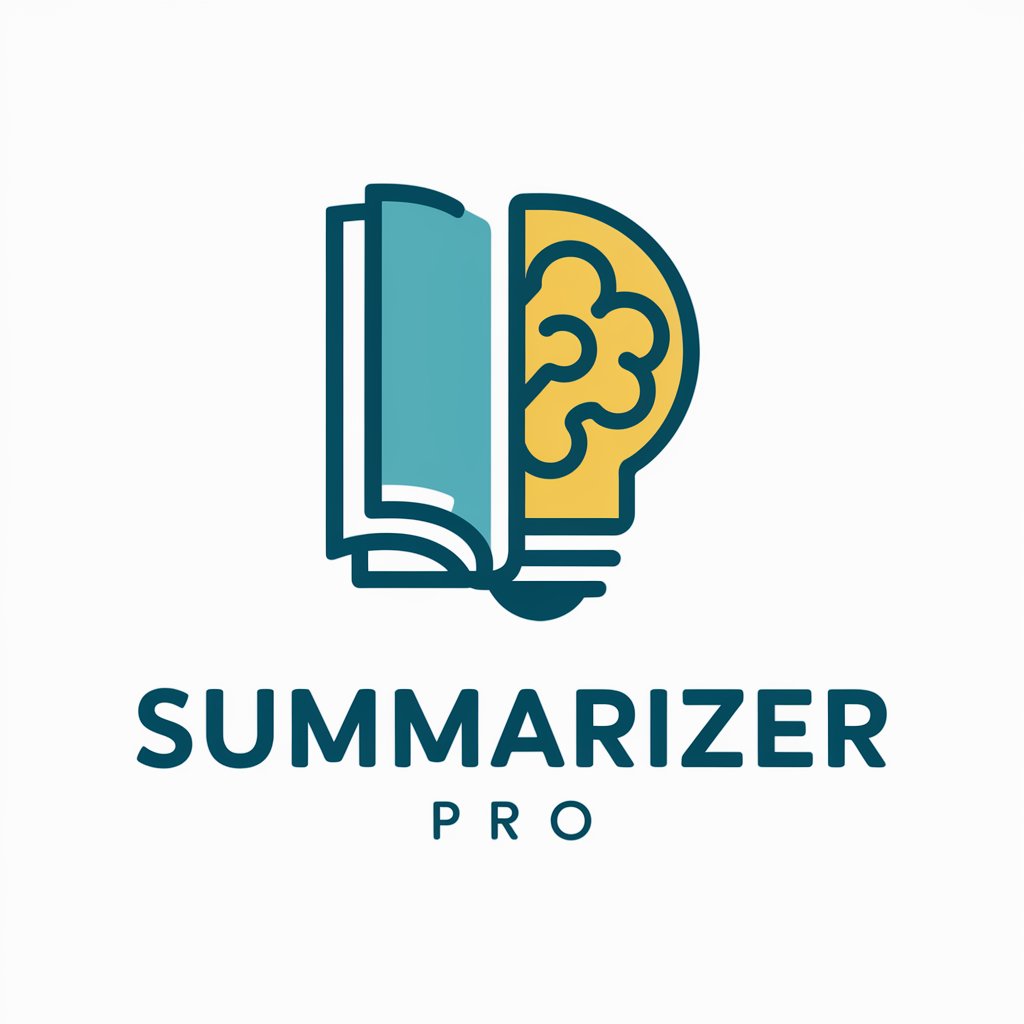
Garage Sale GPT
Navigate sales smarter, with AI.

EUR-Lex Helper
Streamlining EU Legal Research with AI

Blood Pressure
Empowering Heart Health with AI

Scrubs
Empowering Healthcare Professionals with AI-Driven Scrub Insights

EMT (Emergency Medical Technician)
Empowering EMS Knowledge with AI

Bible Parables | What's the message?
Visualize and Understand Biblical Parables with AI

Brand Stigma Marketing Strategist
Navigating Brands Beyond Stigma with AI

LoveLetters💌
Crafting Your Words of Love, AI-Powered

Emergency Medical Technician (EMT) GPT FAQs
What is the role of an Emergency Medical Technician?
Emergency Medical Technicians (EMTs) provide immediate care to critically ill or injured individuals at the scene of an emergency and during transport to a healthcare facility. They are trained to assess a patient's condition, perform essential medical procedures, and stabilize patients for hospital admission.
How can EMT GPT assist in EMT training?
EMT GPT can offer comprehensive explanations of medical terms, emergency procedures, and the ethical considerations in emergency care, serving as a supplemental learning tool for EMT trainees.
Can EMT GPT provide medical advice?
While EMT GPT is knowledgeable in emergency medical protocols and procedures, it cannot provide personal medical advice or replace professional medical consultation and emergency services.
How does EMT GPT stay updated with medical protocols?
EMT GPT integrates the latest standards and protocols in emergency medical services based on the most current guidelines and research available up to its last training cut-off in April 2023.
Can EMT GPT help with emergency preparedness?
Yes, EMT GPT can offer guidance on emergency preparedness, including first aid techniques, emergency plan development, and recommendations for emergency kits, helping individuals and organizations to better prepare for medical emergencies.
